Microbiome analysis reveals what really happens inside your silage microbial community. As mentioned in our previous blog article about ISC 2025, bonsilage contributed 11 posters and 8 more in collaboration with university partners. Together, they highlighted the importance of science-driven solutions for silage fermentation and feed preservation. Read more now!
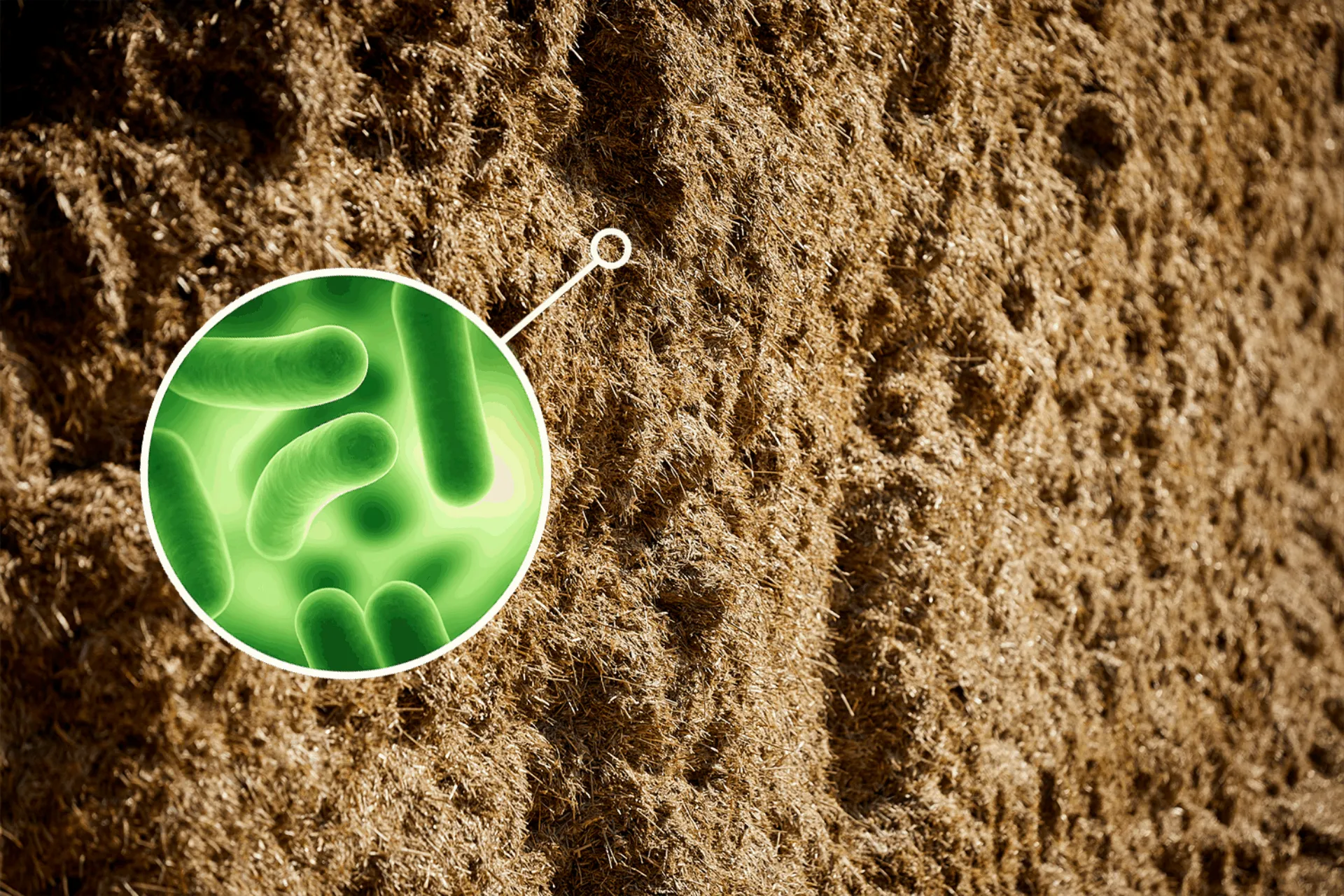
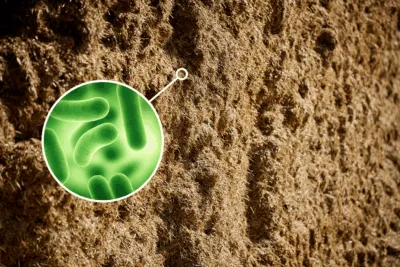
Microbiome Analysis Shows What Really Happens Inside Your Silage
Microbiome analysis reveals what really happens inside your silage microbial community. As mentioned in our previous blog article about ISC 2025, bonsilage contributed 11 posters and 8 more in collaboration with university partners. Together, they highlighted the importance of science-driven solutions for silage fermentation and feed preservation. Read more now!
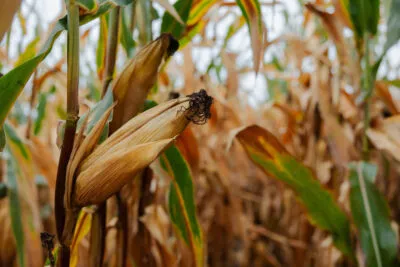
What We Learned From 2025 Harvest
There’s always something to learn from harvest season. Here’s our top takeaway from 2025.
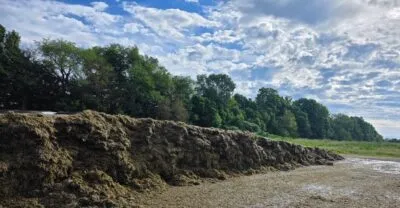
ISC 2025: bonsilage Lactic Acid Bacteria thrive under Pressure
At ISC 2025, bonsilage highlighted how its lactic acid bacteria overcome high moisture, temperature, and buffering challenges to keep silage stable, nutritious, and safe.

bonsilage at World Dairy Expo 2025
We’re excited to announce that we will be part of this year’s World Dairy Expo in Madison, WI, from September 30th - October 3rd!
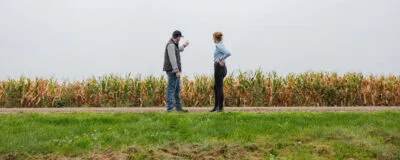
Overcoming the Challenges of Corn Harvest
Harvest never comes without challenges. This season has been different weather-wise in every area in the US. Whether your field was planted late or the crop was hit by a hailstorm, here are a few things you might expect during your corn harvest, as well as a few bonsilage solutions. It’s what we do!
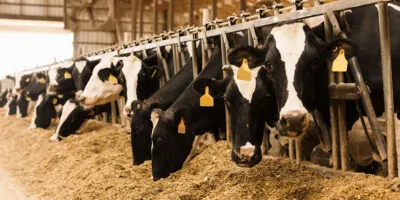
ISC 2025: Unlocking the potential of Lentilactobacillus diolivorans
Discover how L. diolivorans improves silage quality, boosts feed efficiency, and reduces emissions - driving sustainability in dairy and biogas production.

Plan to Combat Soil Erosion Now to Save Your Future Yields
Soil erosion is a problem that can decimate your fields over time. Getting ahead of it soon after harvest will keep your fields productive and your yields bountiful.
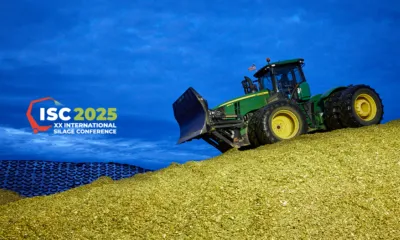
Strong Presence at the International Silage Conference 2025 in Florida
Discover how bonsilage made a strong impact at the International Silage Conference 2025 with posters, expert teams on site, and a successful farm visit.
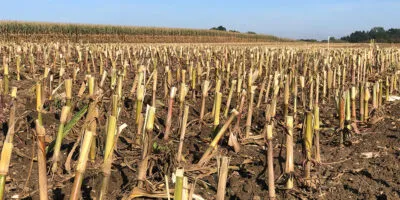
Choosing the Right Winter Forage: Best Options for Livestock and Soil
Growing winter forage is a great way to maximize the productivity of your land and increase your inventory. But how do you know which one is the right option for you?
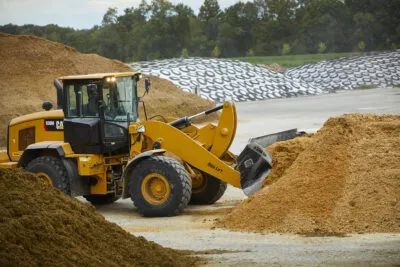
Don’t Spoil Your Summer Silage Management
Warm weather is a hot time for rapid yeast growth. Here’s how to mitigate the impact of spoilage when the thermometer rises.
Schedule an expert consultation
